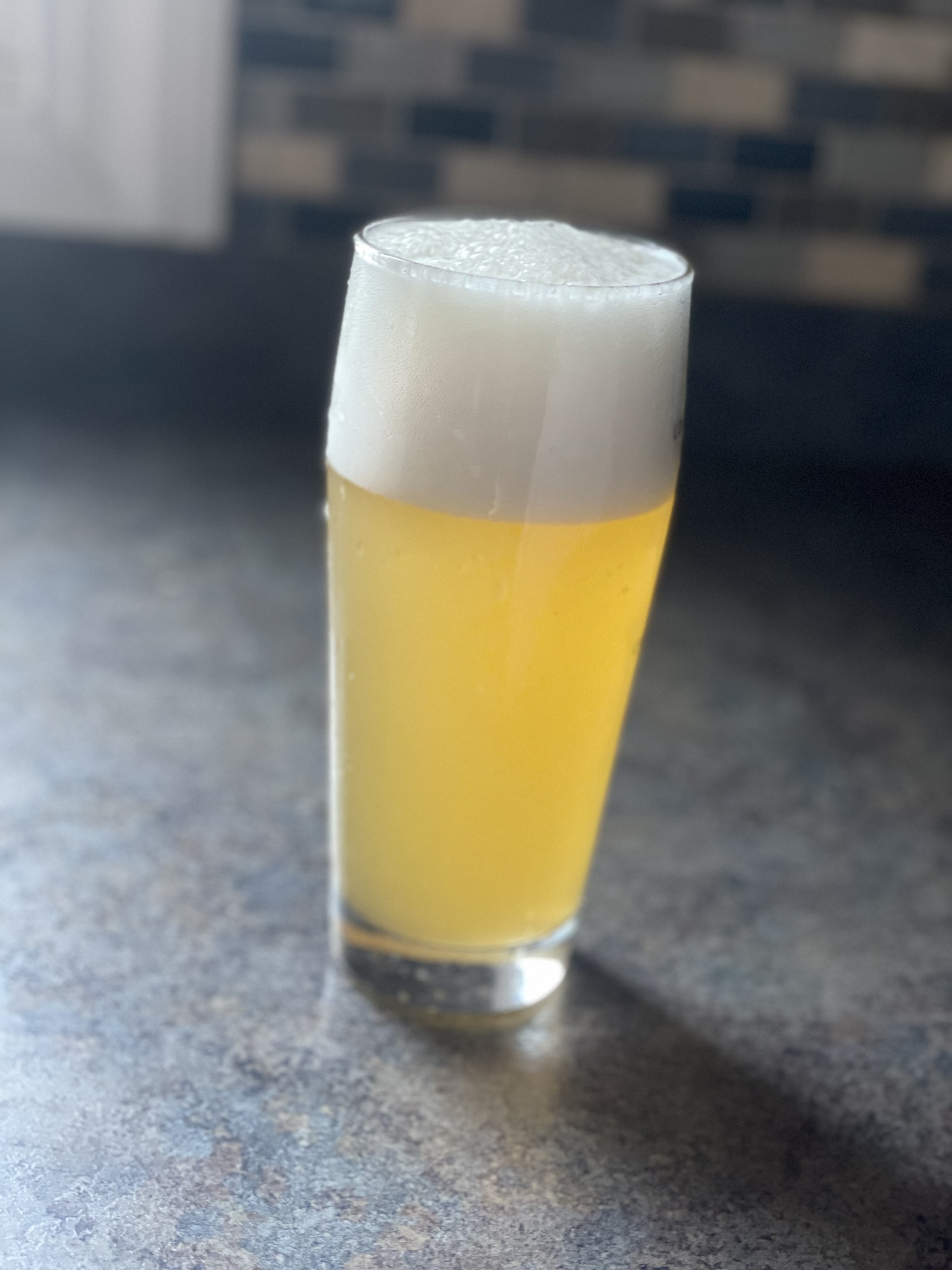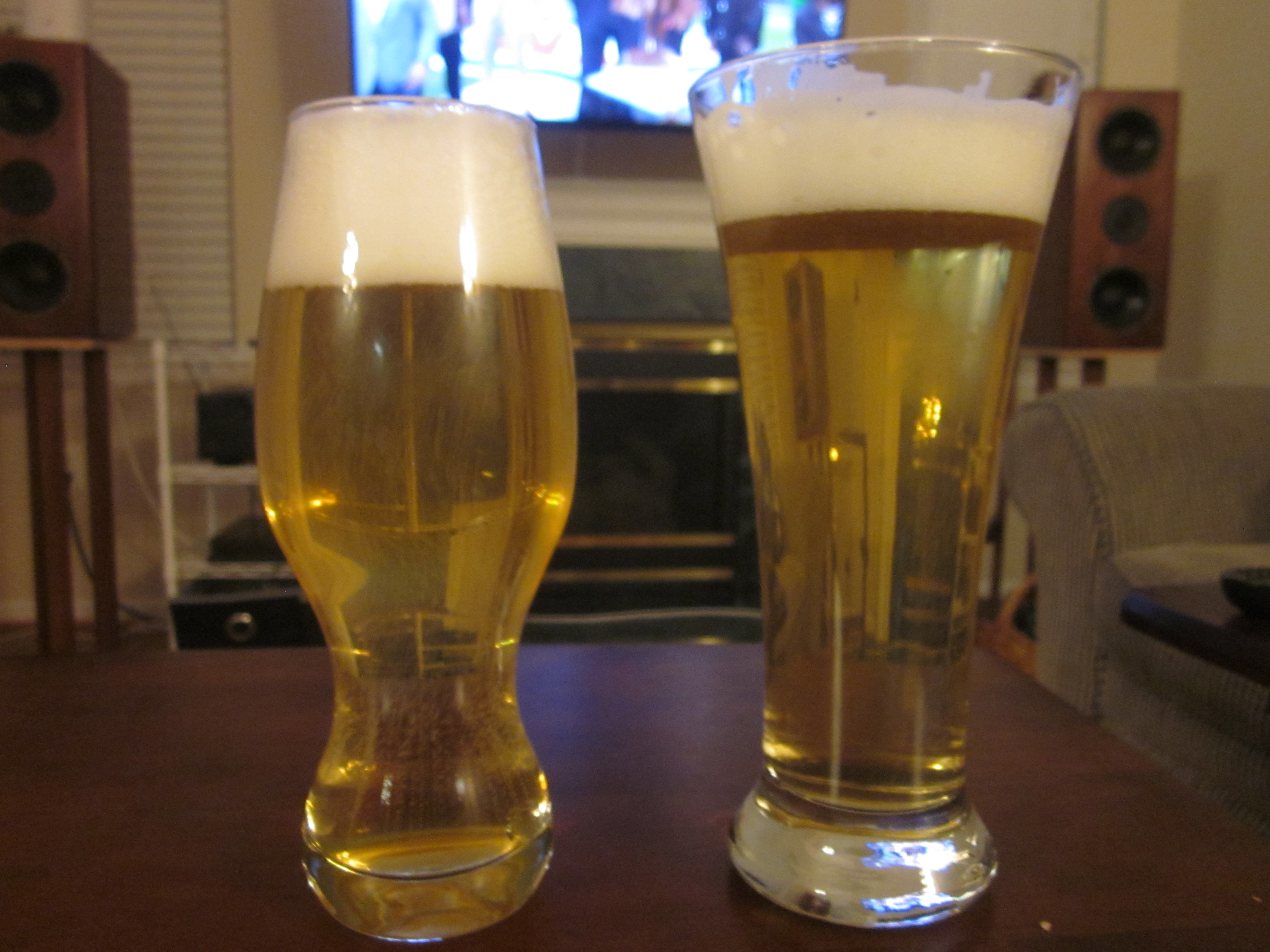ThinBrewLine
Well-Known Member
Hey Folks-
Gimme your thoughts based on these ingredients I have on hand:
10lb Weyyermans pilsner malt
1lb cara pils
1 lb Briess caramel 10L
2 oz Mosaic
2 oz centenial
2 packs of white lags pilsner yeast w/ starter
Oh and I have 1 lb of Pilsner DME
I know, I know- the hops are not NOBEL, caramel malt is not needed, and I don't need 10 lb pilsner malt.
Thanks in advance for your thoughts!
Gimme your thoughts based on these ingredients I have on hand:
10lb Weyyermans pilsner malt
1lb cara pils
1 lb Briess caramel 10L
2 oz Mosaic
2 oz centenial
2 packs of white lags pilsner yeast w/ starter
Oh and I have 1 lb of Pilsner DME
I know, I know- the hops are not NOBEL, caramel malt is not needed, and I don't need 10 lb pilsner malt.
Thanks in advance for your thoughts!



